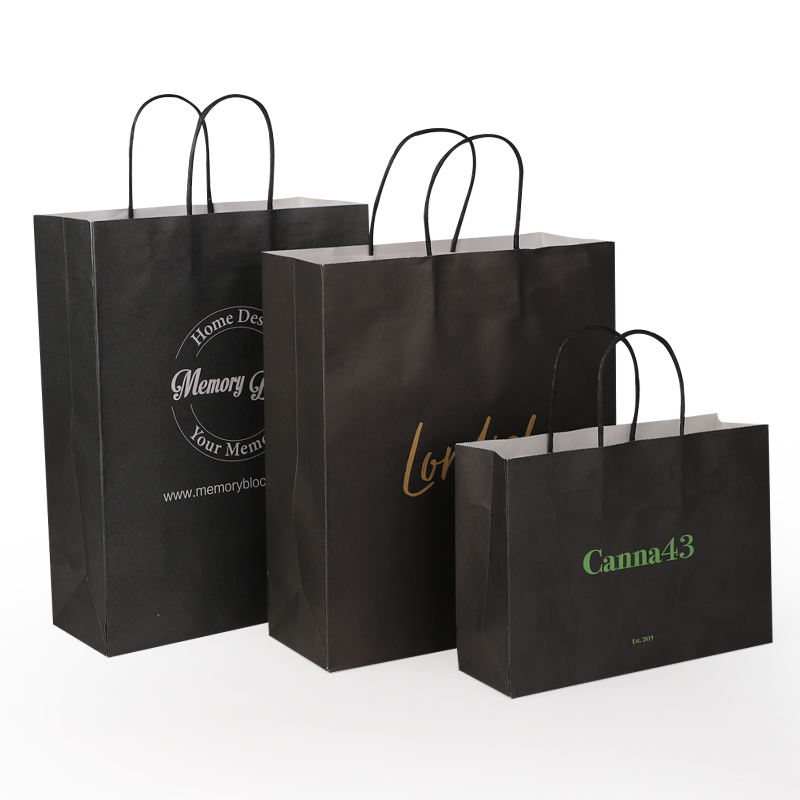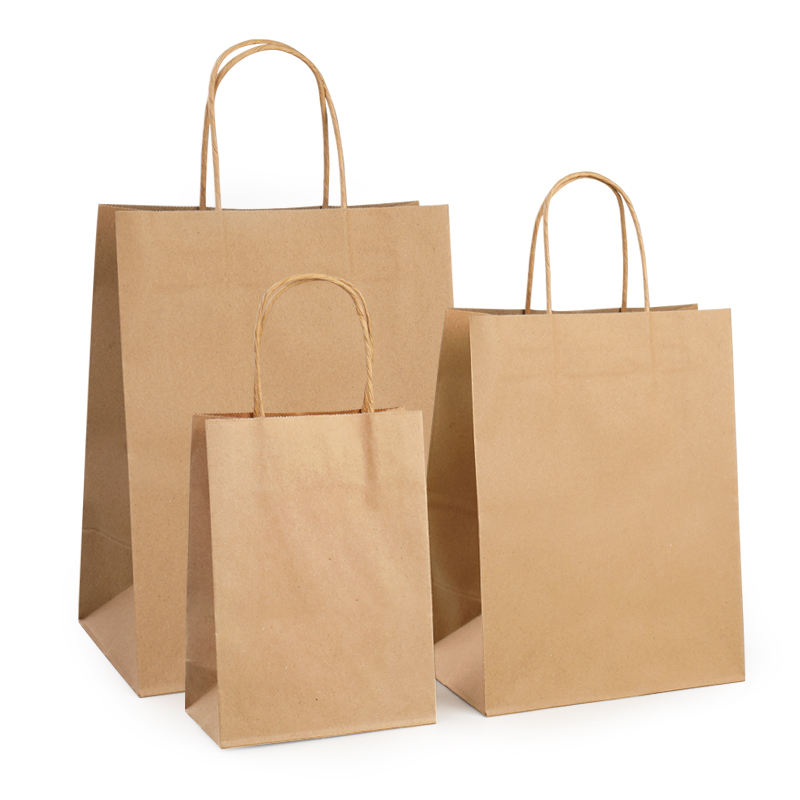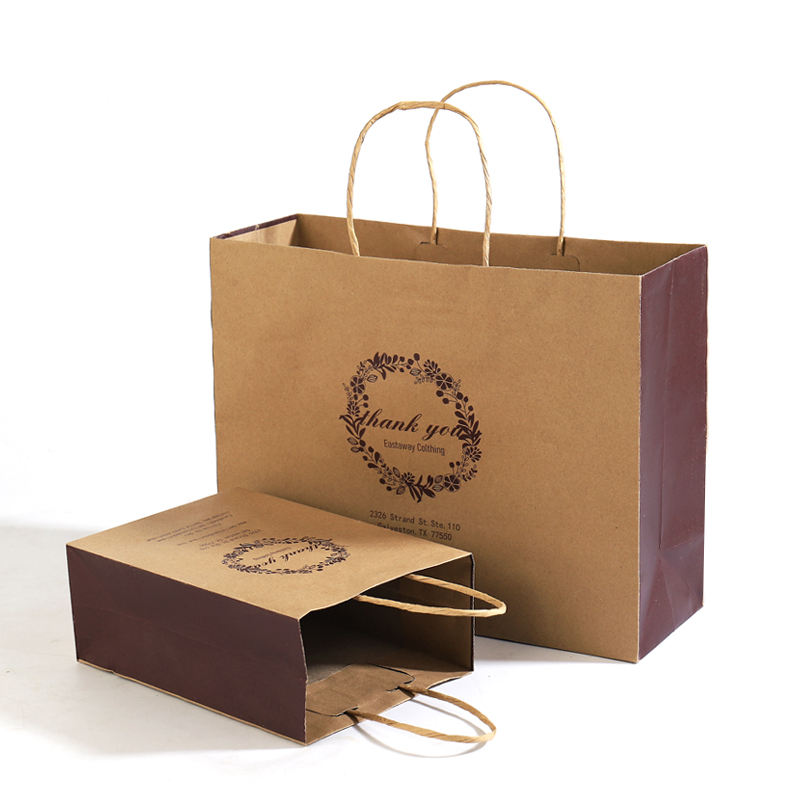Kraft paper bags have an interesting origin story that can be traced back to the late 19th century. In 1883, a German chemist named Carl F. Dahl invented a new process for pulping wood chips into a strong, durable paper. This process involved boiling wood chips with a mixture of caustic soda and sodium sulfide, which dissolved the lignin in the wood and separated the cellulose fibers.
The resulting pulp was then washed, bleached, and pressed into sheets of paper. This new type of paper became known as kraft paper, named after the German word for strength, and it quickly gained popularity as a cost-effective and practical packaging option.
Kraft paper bags were first produced in the early 20th century, and they were soon adopted by various industries, including food, retail, and agriculture. The bags were made from kraft paper, which was known for its strength, durability, and tear resistance, making it ideal for carrying heavy or bulky items.
Over time, kraft paper bags evolved to become more customizable, with businesses adding their branding, logos, and other designs to the bags to create a more personalized experience for customers. Today, kraft paper bags are widely used in the packaging industry, and they are known for their versatility, eco-friendliness, and durability.
In recent years, there has been a growing interest in sustainable packaging, and kraft paper bags have become even more popular as a result. They are made from a renewable resource, are biodegradable, and can be recycled, making them an eco-friendly option for businesses looking to reduce their environmental impact.



